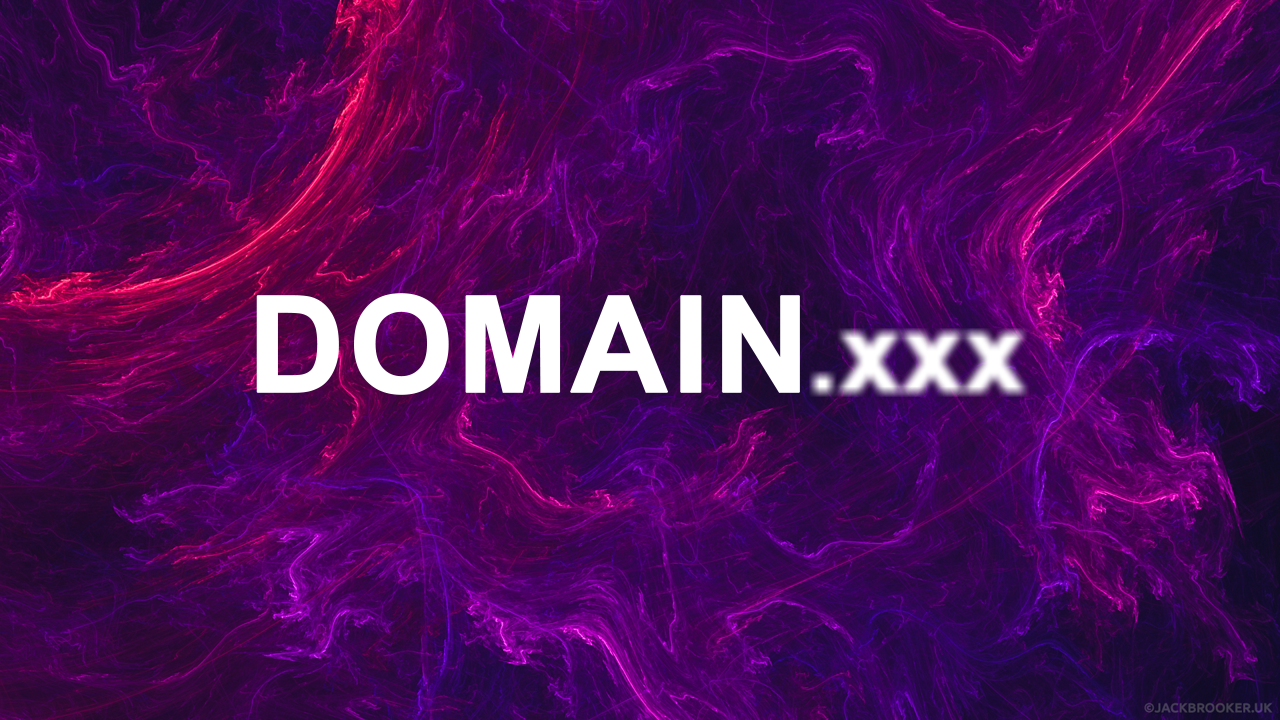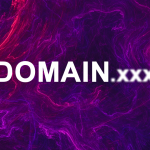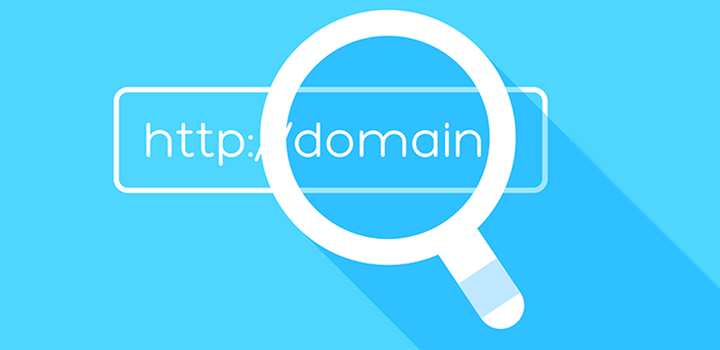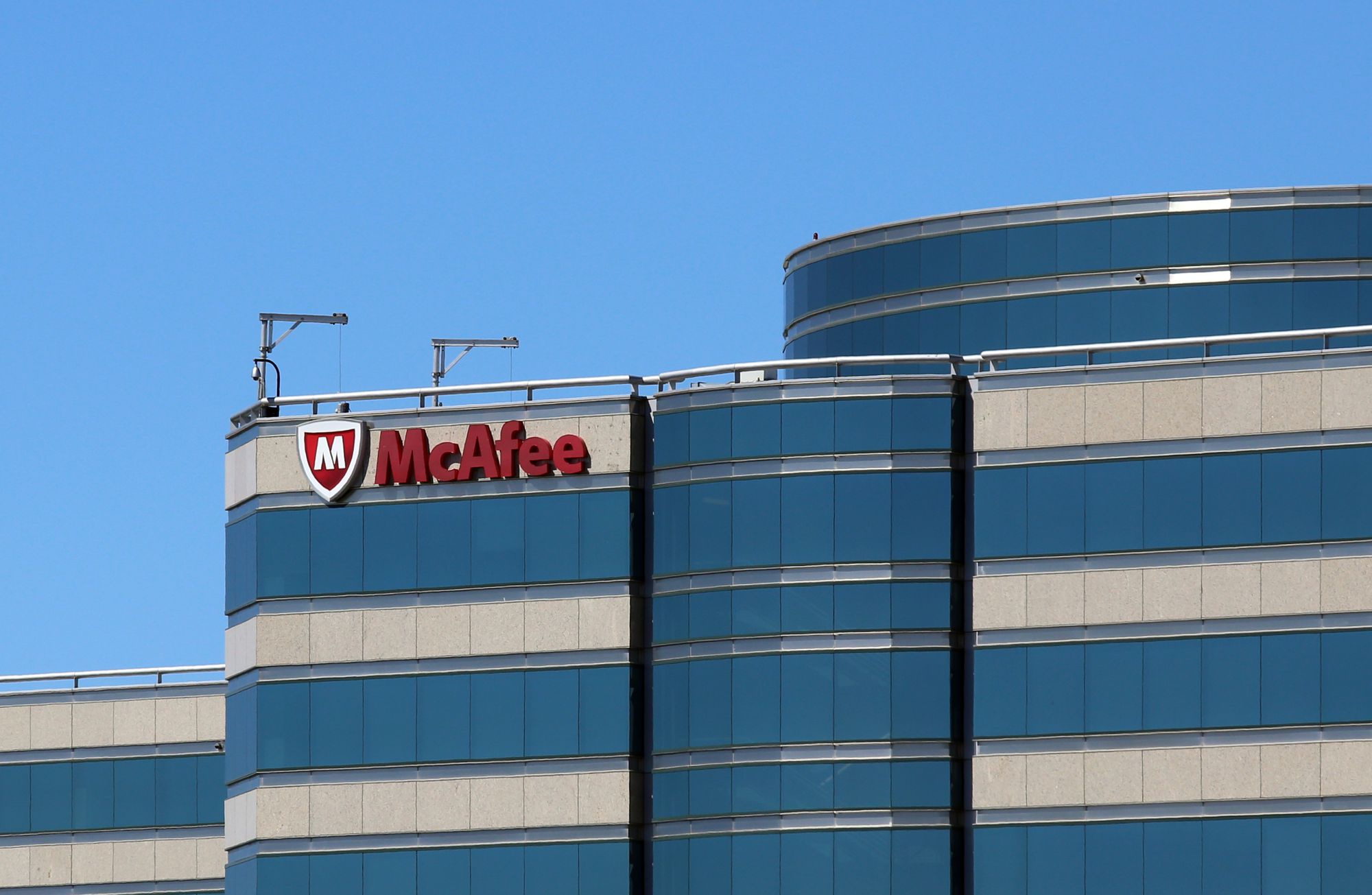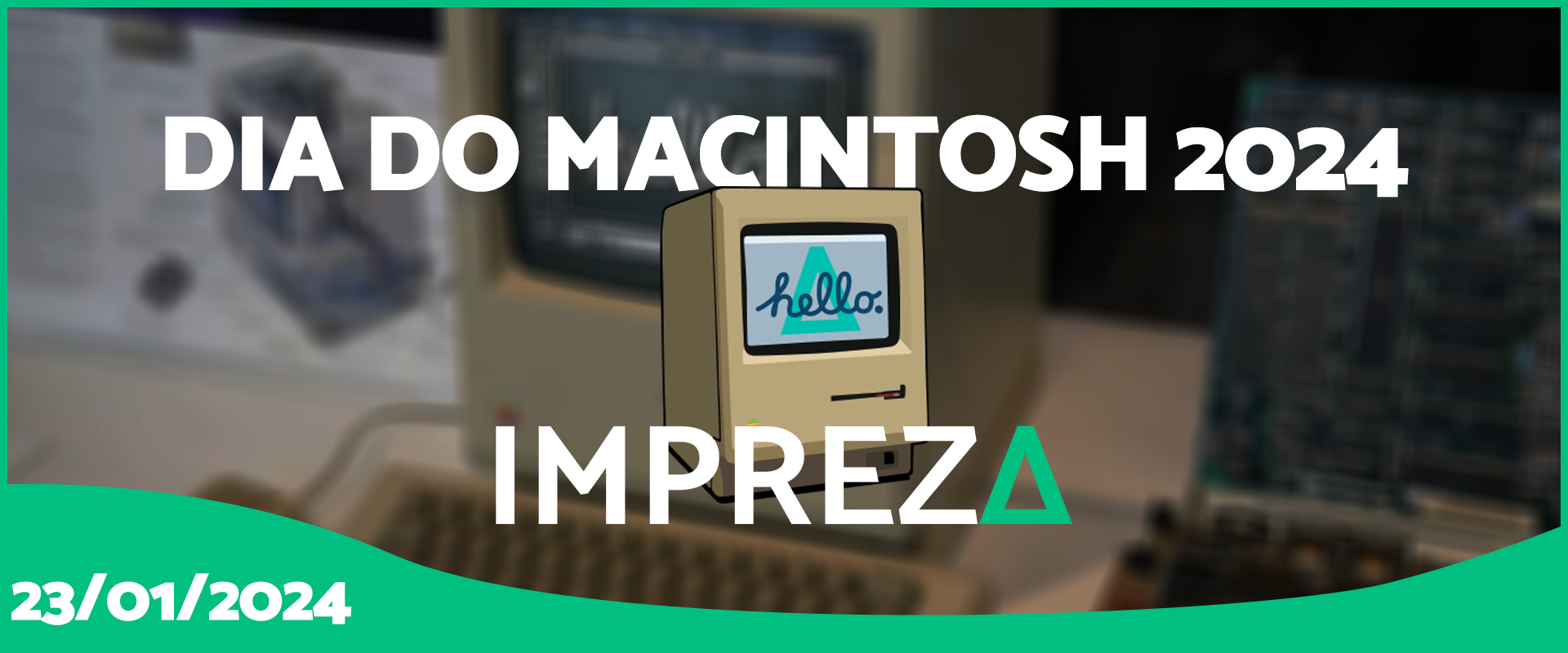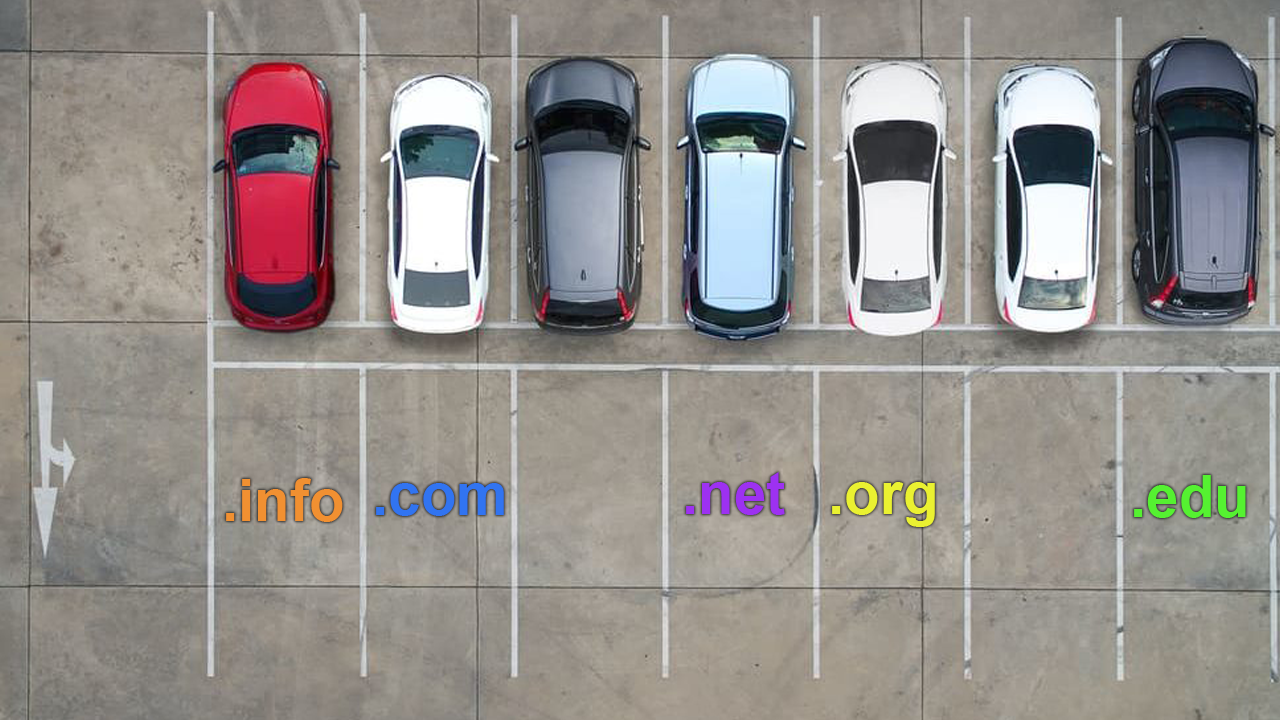A business’s trademark or service mark is one of its most valuable assets. The typical business invests much money and energy in creating and preserving a positive brand image. Yet that valuable brand image may be appropriated by cybersquatters who register domain names that include the trademarks of other businesses.
Cybersquatters typically employ the marks of other businesses in their domain name to draft off of the goodwill of those businesses. They may also attempt to extort a payment from a business in exchange for relinquishing a domain name. This is particularly of concern when a cybersquatter uses an other businesses trademark in a.XXX domain name, where the loss of goodwill could be especially damaging.
A typical response to the threat of XXX domain cybersquatting is for a business to register the.XXX domain names that include its trademarks. However, even if the business registers the.XXX domain names for the most obvious variations of its trademarks, cybersquatters will still be able to find unregistered names that include the marks. In addition, registering numerous unwanted domain names simply to prevent someone else from using them can seem like extortion by the registry services.
Another option is to forgo registering the XXX domain names related to one’s business and instead aggressively evict cybersquatters that register domain names that use one’s trademarks. The Uniform Domain Name Dispute Resolution Policy (UDRP) provides an inexpensive way to take misappropriated domain names away from cybersquatters. Under the UDRP, a trademark owner may cancel a domain name or have the domain name transferred to it by showing that the domain name is identical or confusingly similar to its own marks and that the current domain name owner has no rights or legitimate interest in the domain name. The trademark owner must further show that the domain name was registered and is being used in bad faith. When the trademark owner can show these elements, there is usually little opposition from the domain name owner and a domain name is canceled or transferred to the trademark owner in due course.
The chief disadvantage of the UDRP is that it can take weeks to resolve a complaint. Because of the sensitivity of XXX domain names, there is another unique procedure for evicting XXX domain name cybersquatters. The Rapid Evaluation Service (RES) can be used to address the abuse of well-known, distinctive trademarks or service marks, or of professional and personal names in XXX domain names. The RES process can be completed in a matter of days, providing timely relief. In addition, the fees for the RES are the same as for the UDRP.
The RES has another important advantage over the UDRP. In UDRP actions, a cybersquatter may sell or transfer the disputed domain name before the action is completed. As a result, a final resolution may be long delayed. However under the RES procedures, the XXX domain name is locked and cannot be transferred before the domain name owner is served with the complaint. As a result, the domain name owner does not have the opportunity to transfer the domain name, making extortion more difficult.
Businesses have multiple effective options to prevent cybersquatters from using their trademarks in XXX domain names. With judicious preventive registrations, monitoring, and quick legal action, a business can cost-effectively protect its good name.











